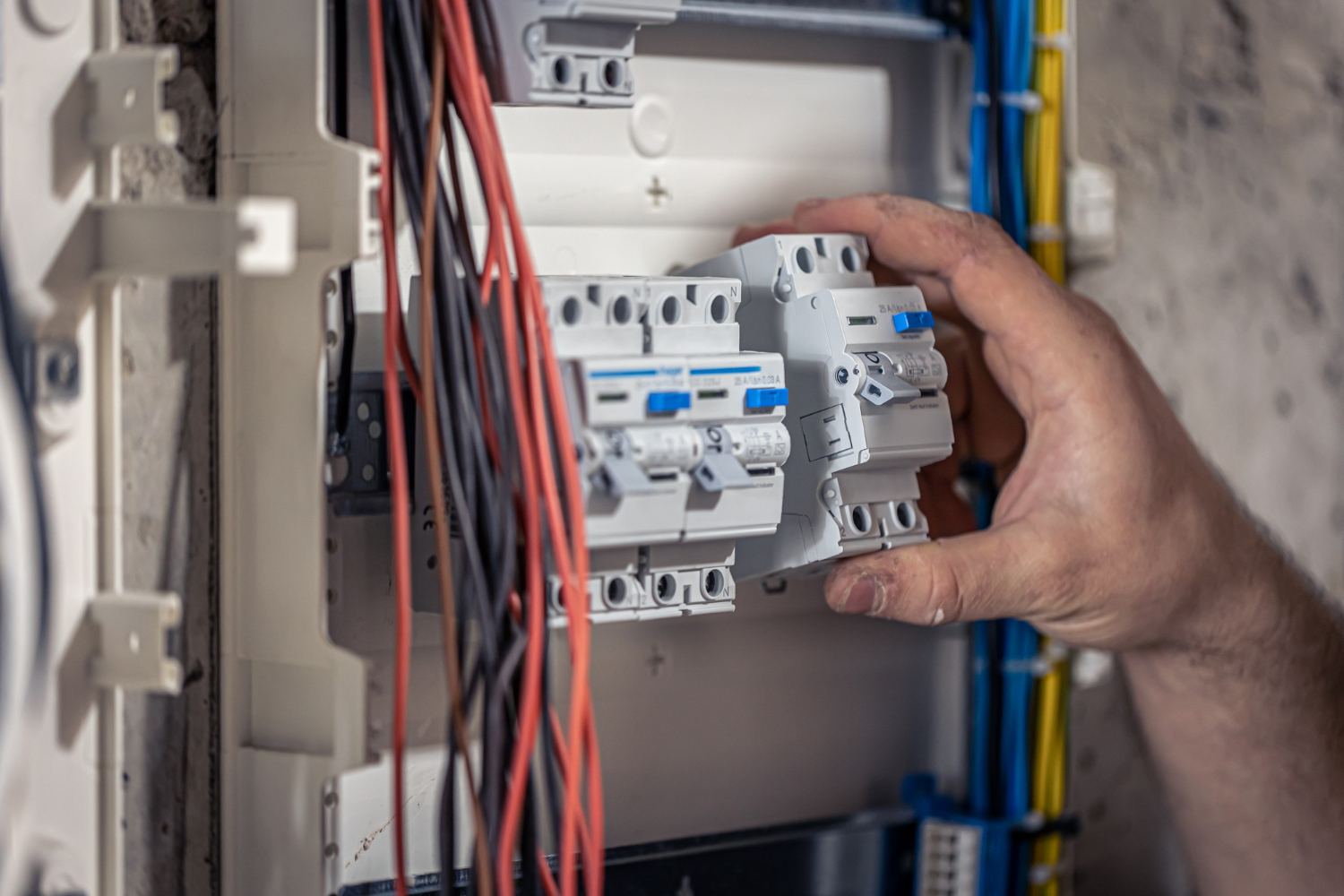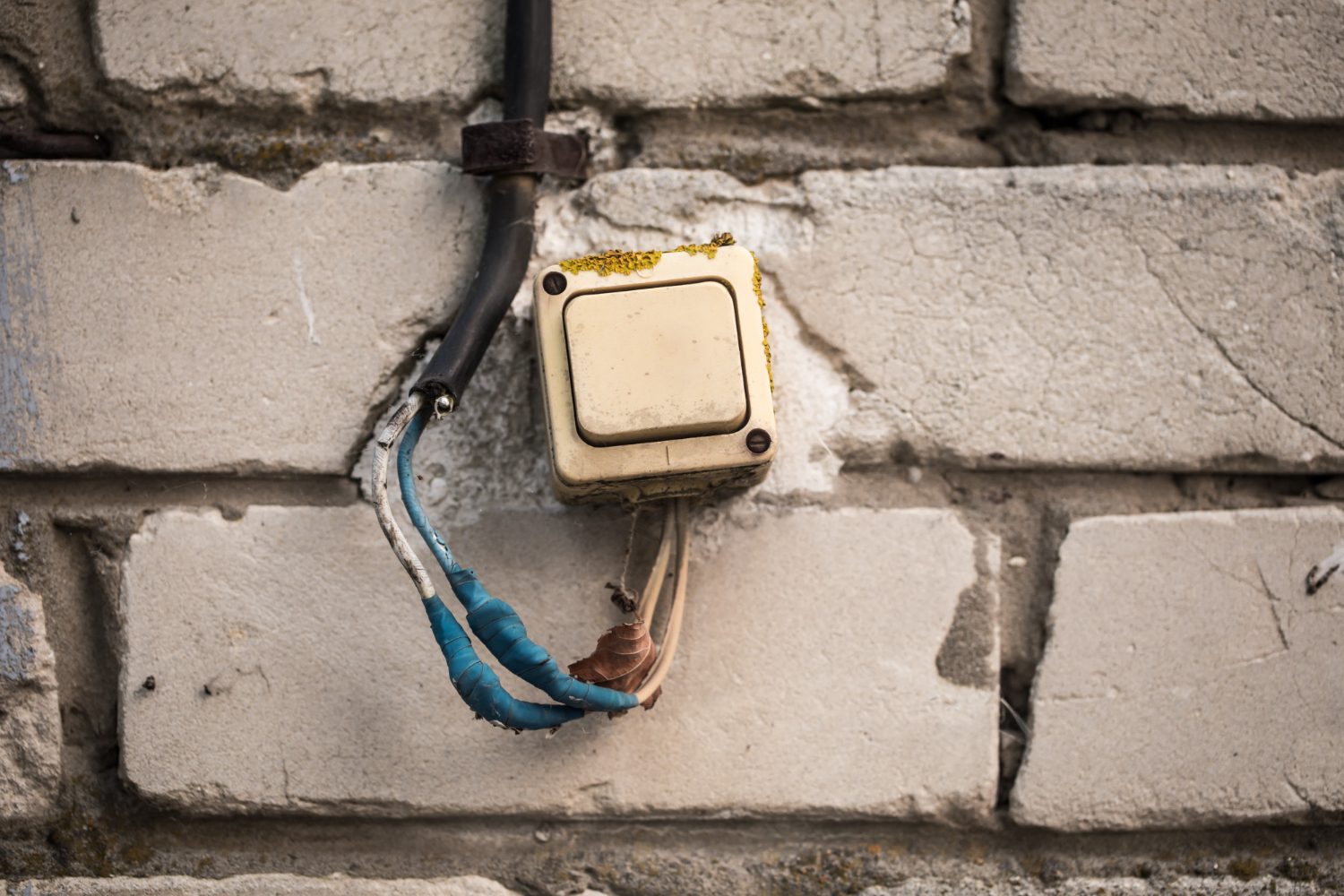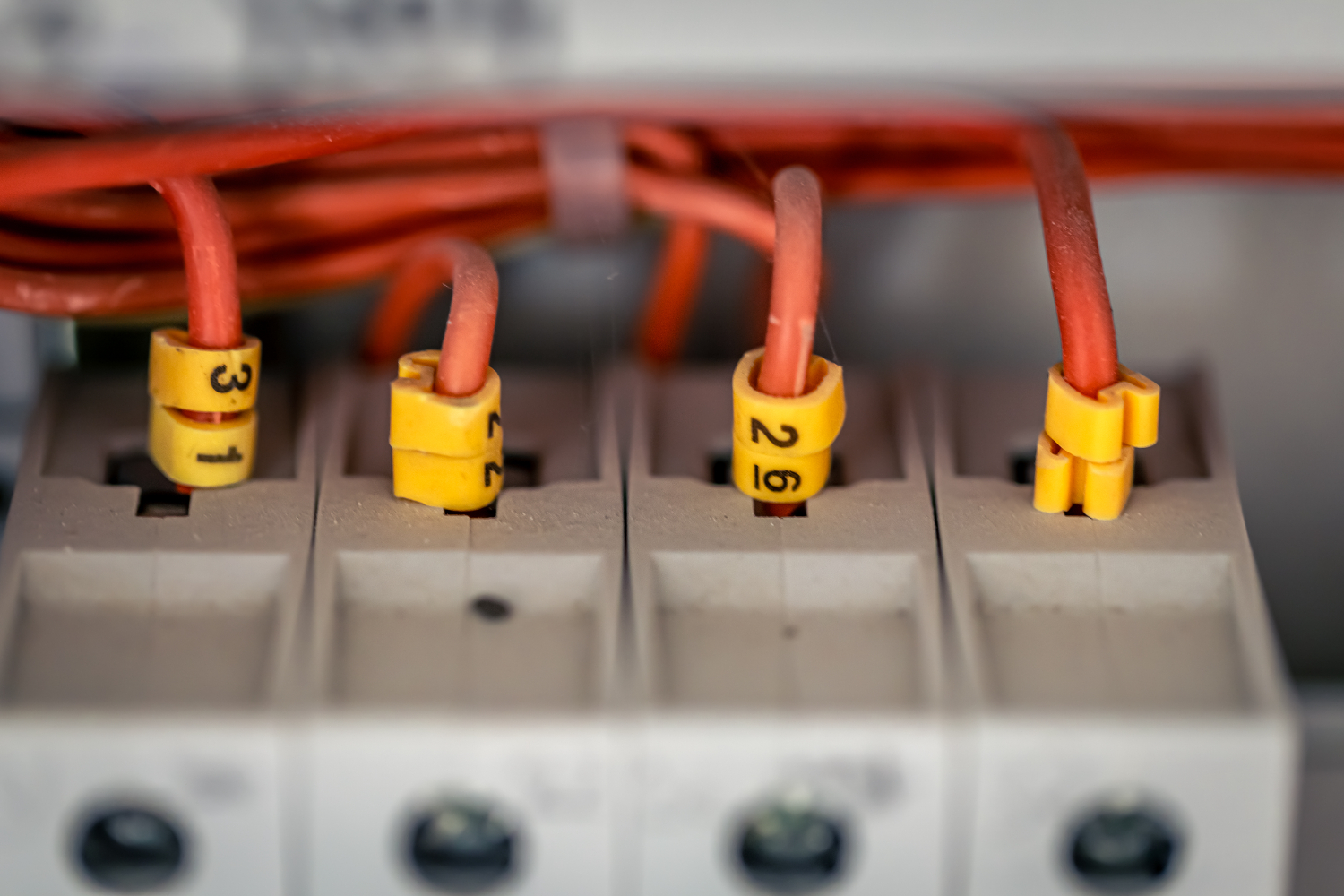Electrical engineers need to know the different types of circuit protection devices and their importance. It is always a good idea to be as protected as possible and to have certainty that your circuit protection devices can do their job. Sometimes, your electrical system requires updating, like adding an RCD or RCBO.
What Is Circuit Protection?
Circuit protection refers to a manner of protecting consumers from electrical faults. The risk of a fire increases when an electrical circuit overheats and exceeds its voltage. Businesses must also take the critical step to ensure they have up-to-date and safe electrical systems to avoid danger and lawsuits.
It involves an intentional fail-safe or “weak link” to trigger a reaction to an electrical problem. When a circuit is faulty, one of the short circuit protection devices responds to prevent harm.
Why Are Circuit Protection Devices Important?
The various circuit protection devices allow buildings to return to daily operations. Electrical safety occurs with the proper protection in place. These devices ensure, when working as they should, that a high electrical current doesn’t cause a fire or that a person isn’t electrocuted or killed.
The benefits of circuit protection include preventing as much power loss as possible, pinpointing the location of the issue, and isolating it by reacting. Electrical codes and regulators seem ever-changing but remain in place for engineers to protect against faults and overloads. Therefore, it is vital to know the latest information.
Earth faults are similar to short circuits. However, they occur when a live conductor and earthed conductor contact one another. It can also be an exposed or extraneous conductor part.
Types Of Circuit Protection Devices
1. Fuse
Fuses are considered the most traditional types of circuit protection devices. A fuse breaks the circuit by melting when it encounters a too-hot current. When a fuse “blows,” it needs replacing.
2. Residual Current Device (RCD)
An RCD represents a protection circuit that reacts to an abnormal electrical current. The response includes a circuit shut down, one or multiple. As a result, the RCD protects all the incorporated circuits.
3. Residual Current Breaker With Overcurrent (RCBO)
RCBO offers the best level of protection, combining the benefits of MCB and RCD. They work perfectly in areas with high electrical operations.
4. Miniature Circuit Breaker (MCB)
MCBs are reusable forms of protection and require frequent testing. A circuit is restored by simply turning the switch into the “on” position, but temperature affects MCBs.
How Circuit Protection Devices Work
Each type of circuit protection device operates slightly differently but helps deal with the same issues. All relate to issues like poorly connected wiring or too many connections. They fall under the responsibility of electrical engineers.
Circuit protection devices typically operate in commercial buildings, offices, and homes. Overall, types of circuit protection devices work to redirect the too-strong electrical current and stop damage.
Choosing the Right Circuit Protection Device—Contact ESD
ESD LLC is the leader in supplying electrical and circuit breaker equipment. Located in Monroe, WA, we are your go-to for your business needs. We will evaluate your situation and can help you find the best circuit protection devices!
Call us at 425.419.4167 to chat with one of our representatives!
See Related Article Here: How to Wire an Electrical Sub Panel



